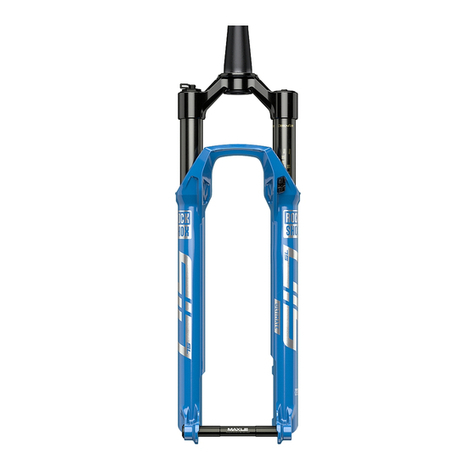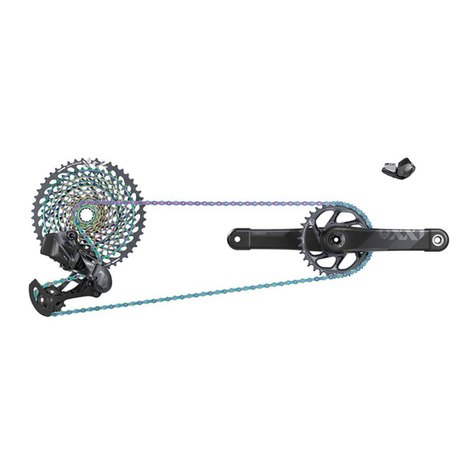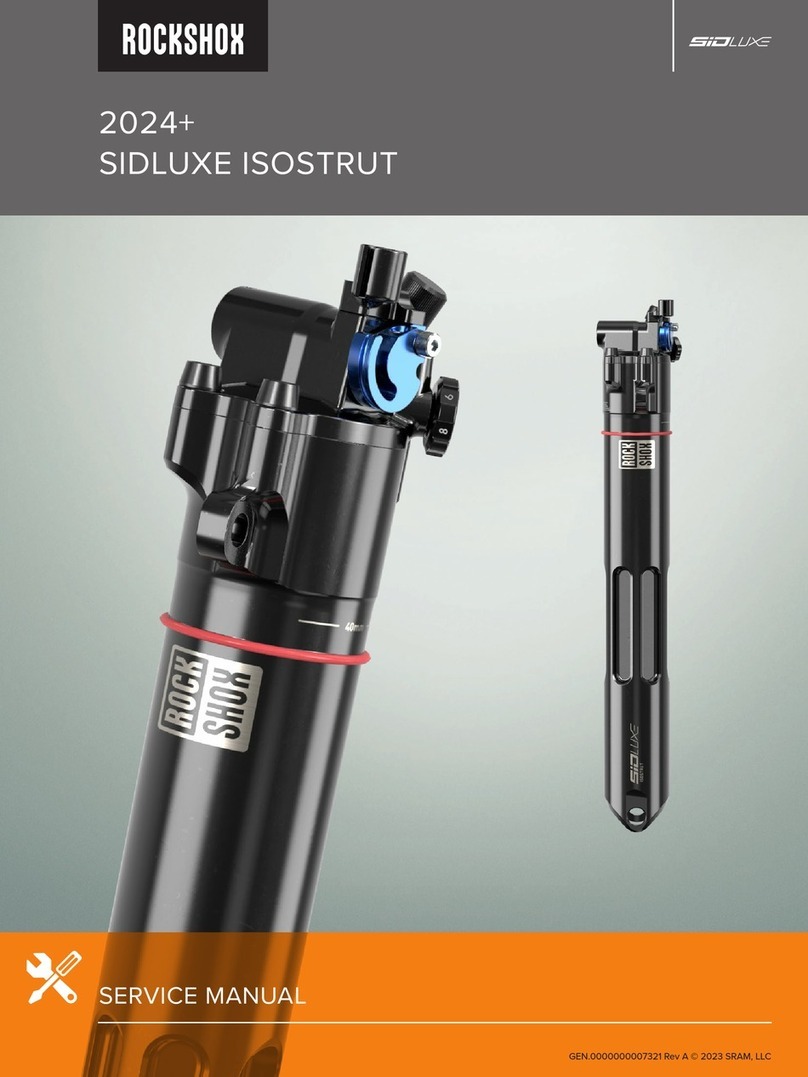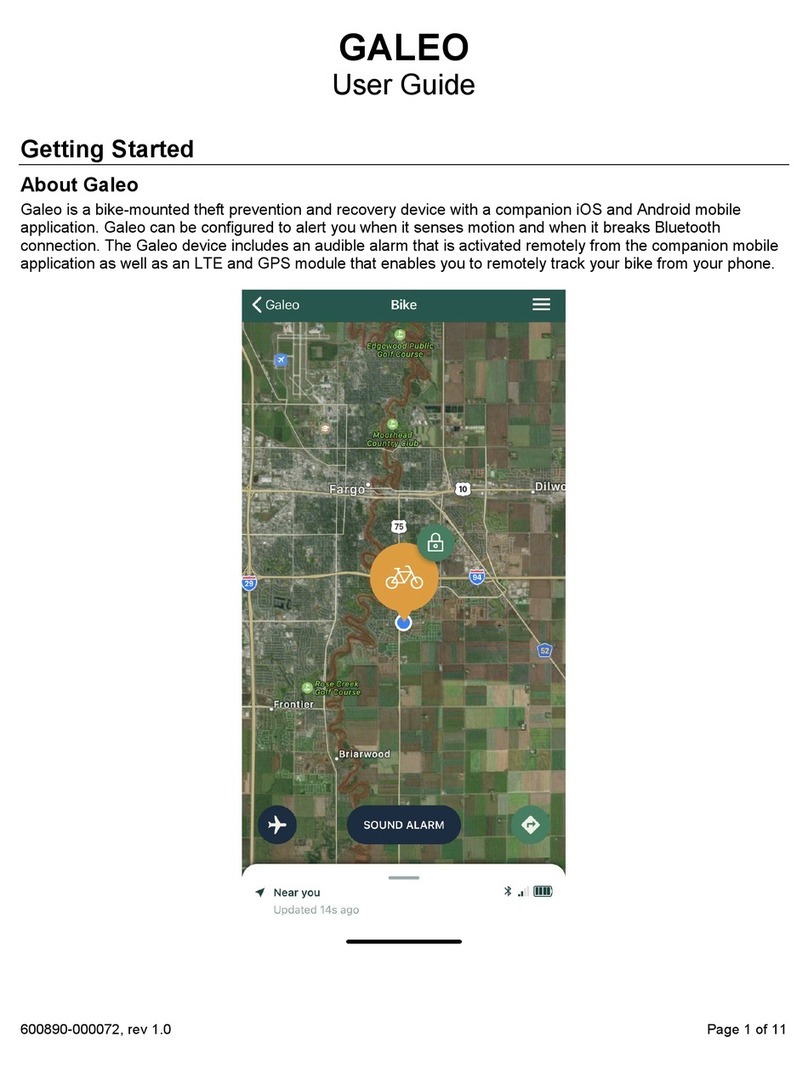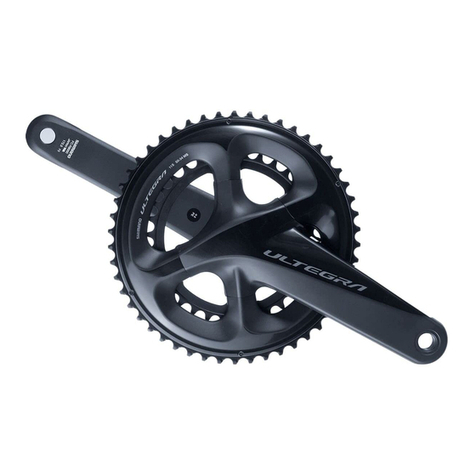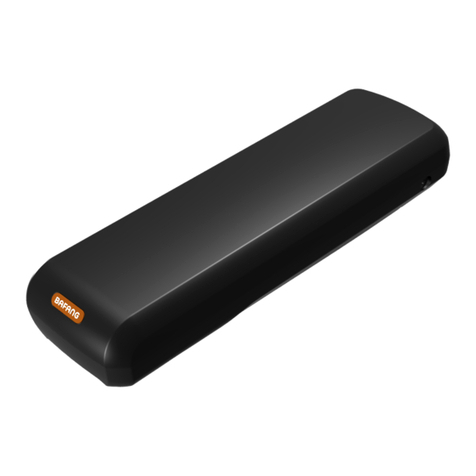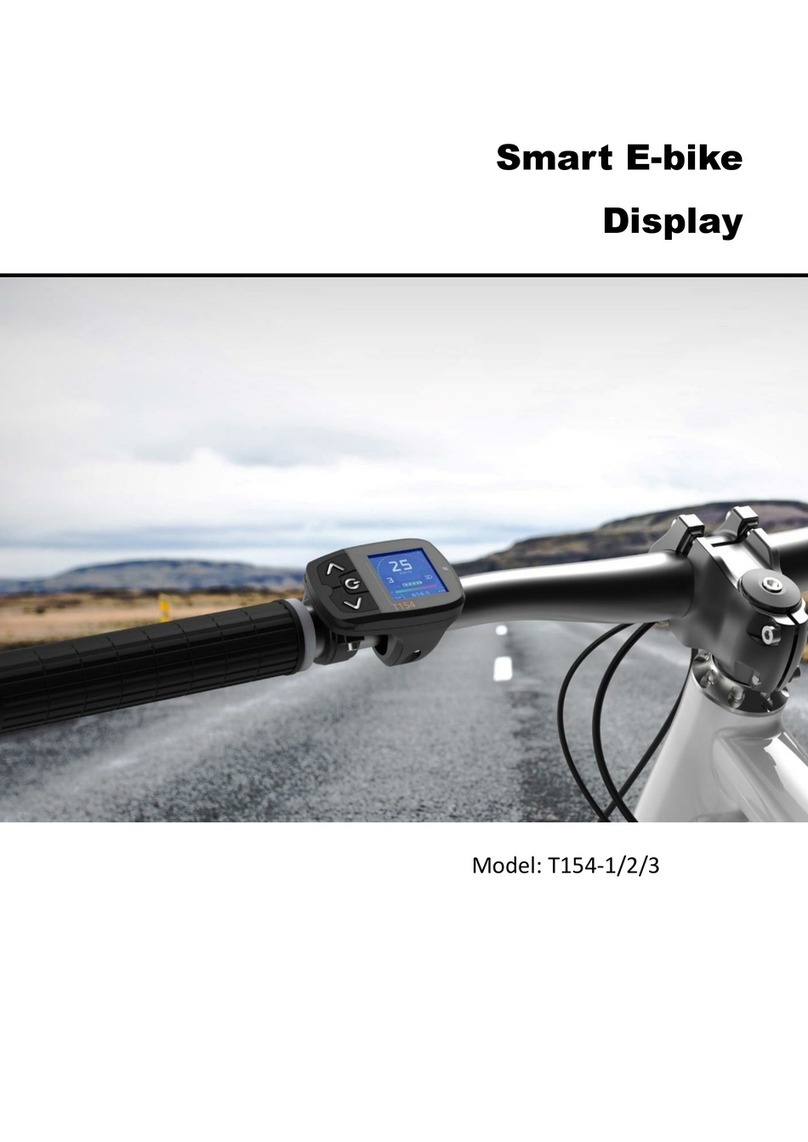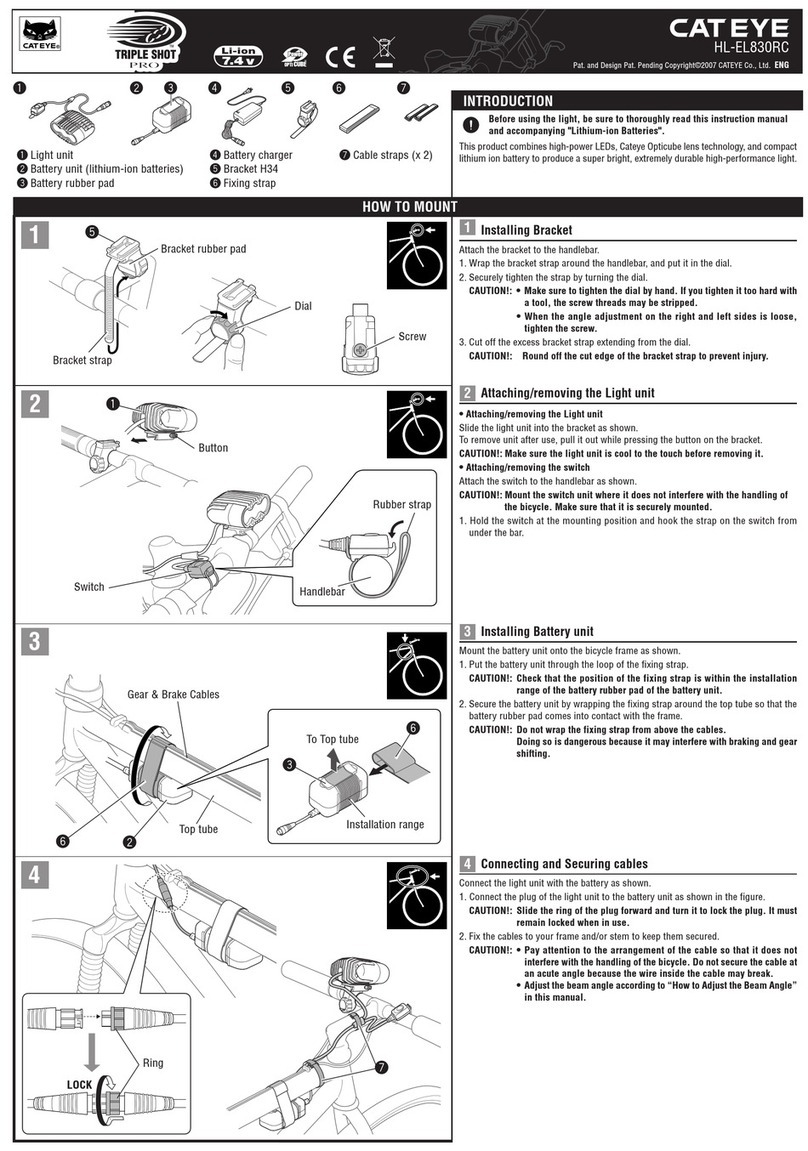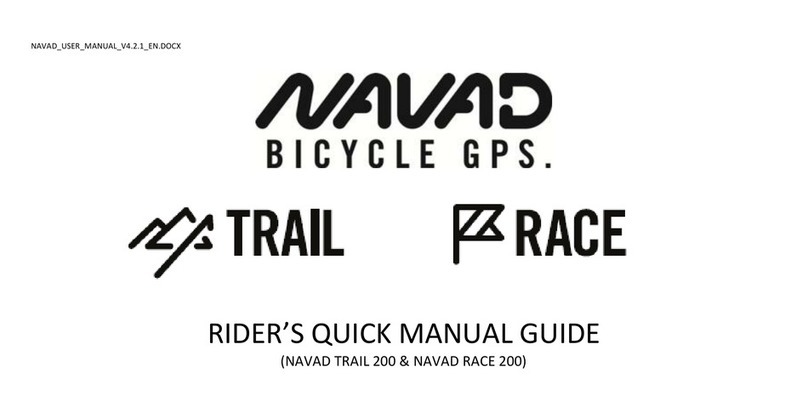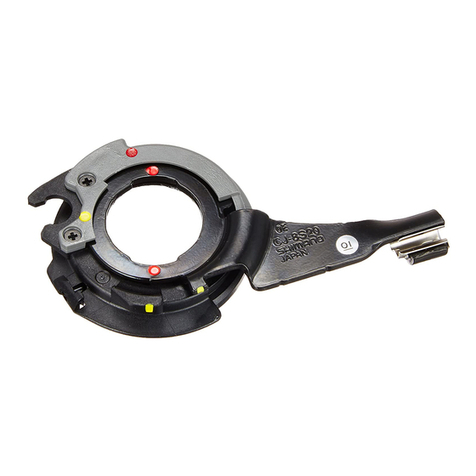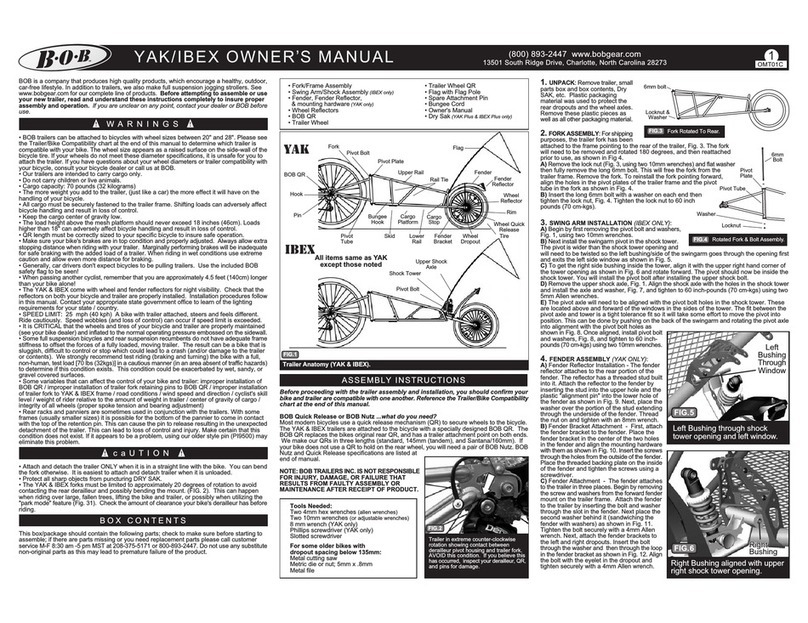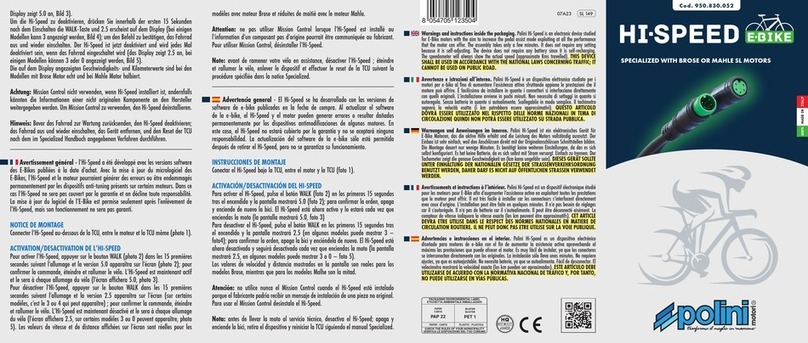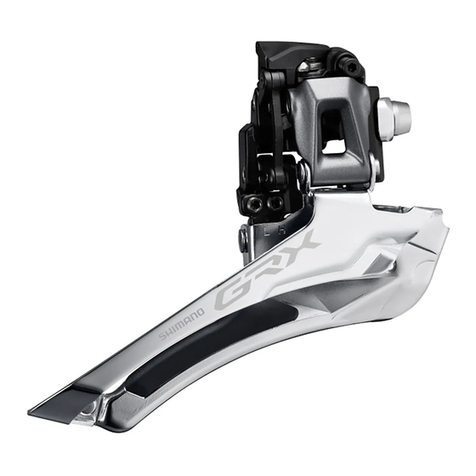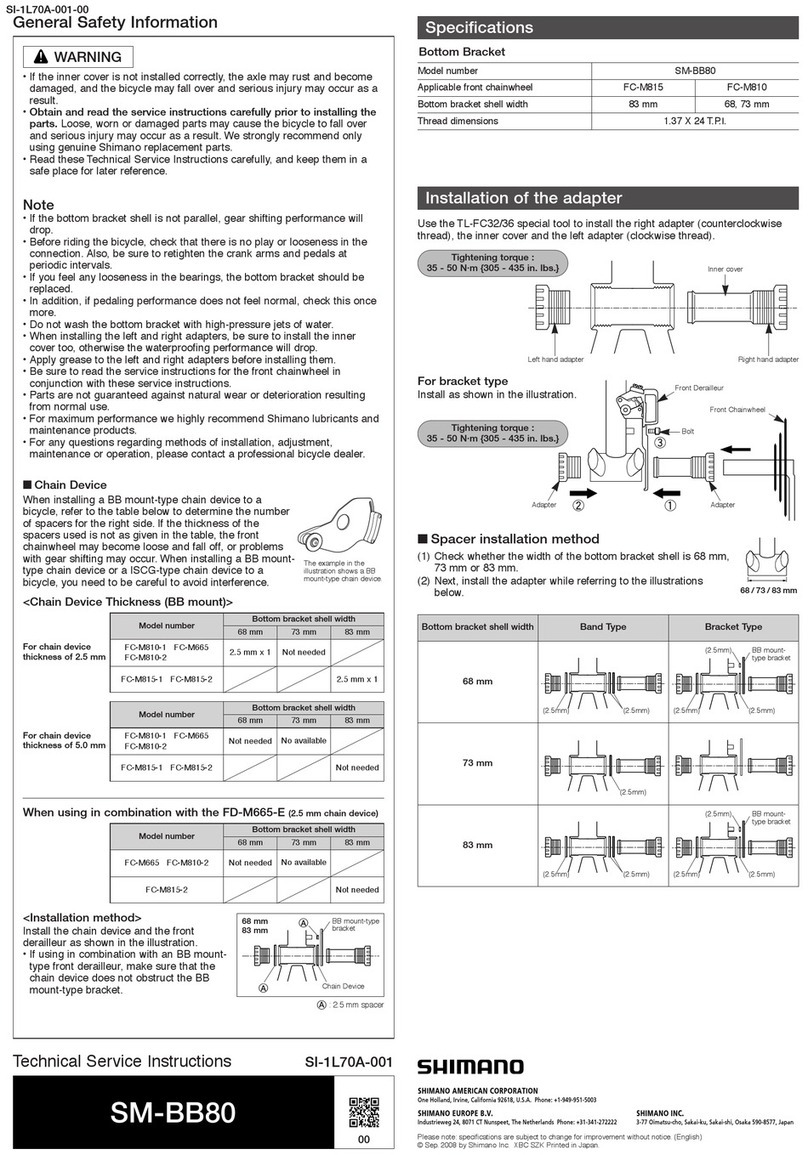SRAM rock shox User manual
Other SRAM Bicycle Accessories manuals
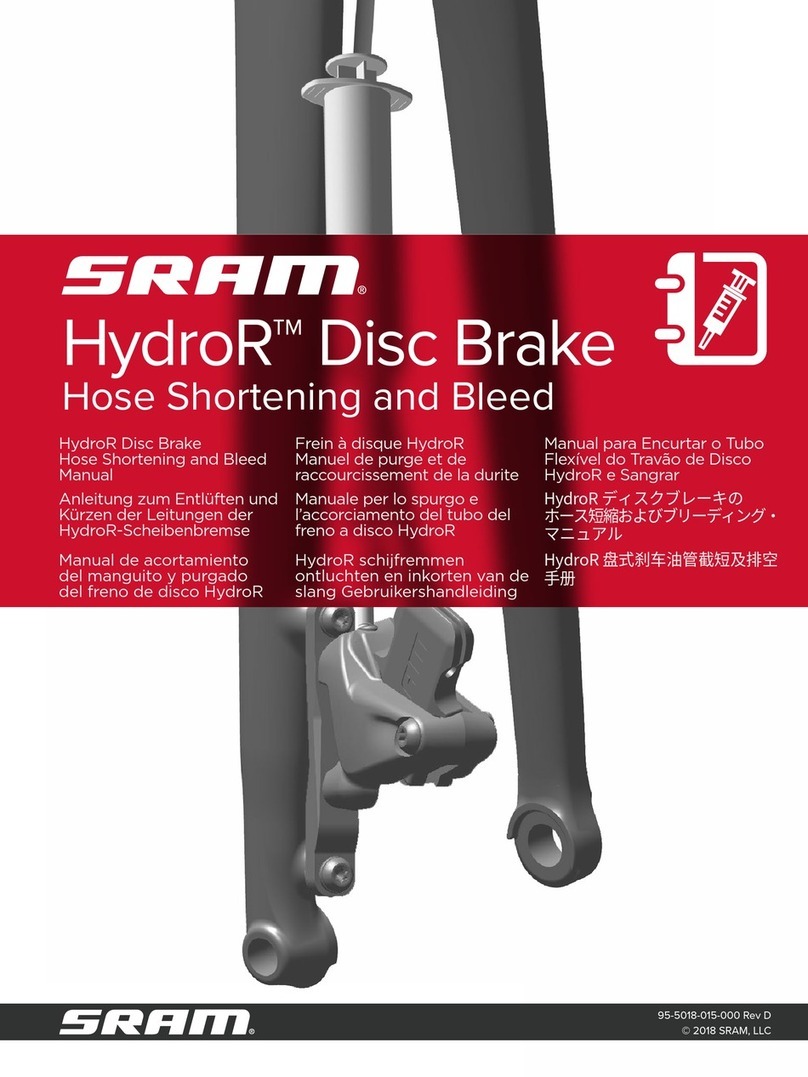
SRAM
SRAM HydroR Series User manual

SRAM
SRAM eTap AXS User manual
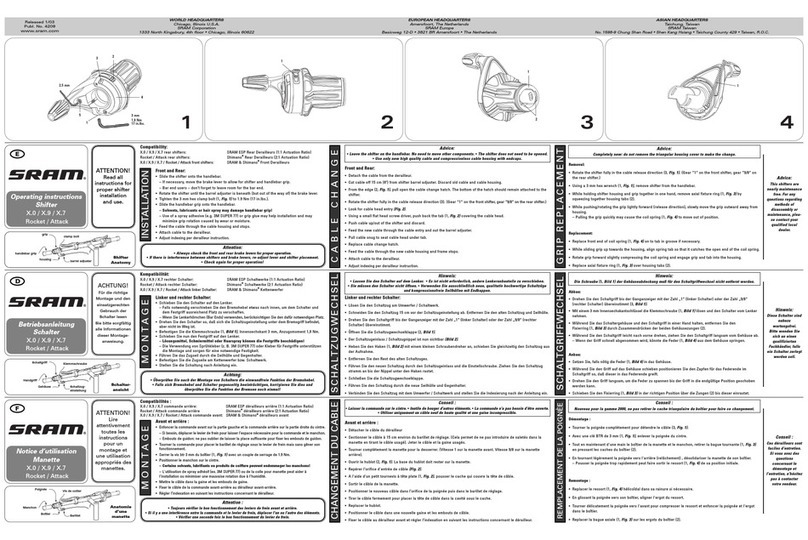
SRAM
SRAM X.0 User manual
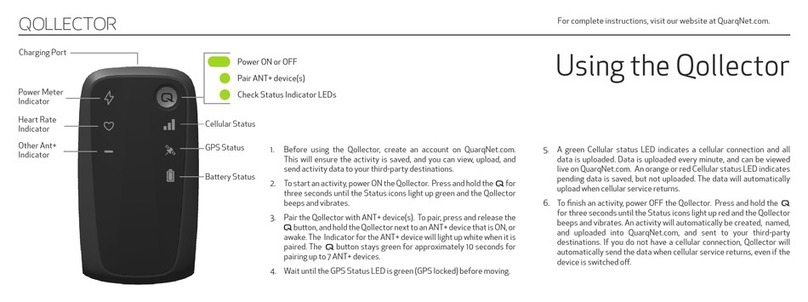
SRAM
SRAM QOLLECTOR User manual
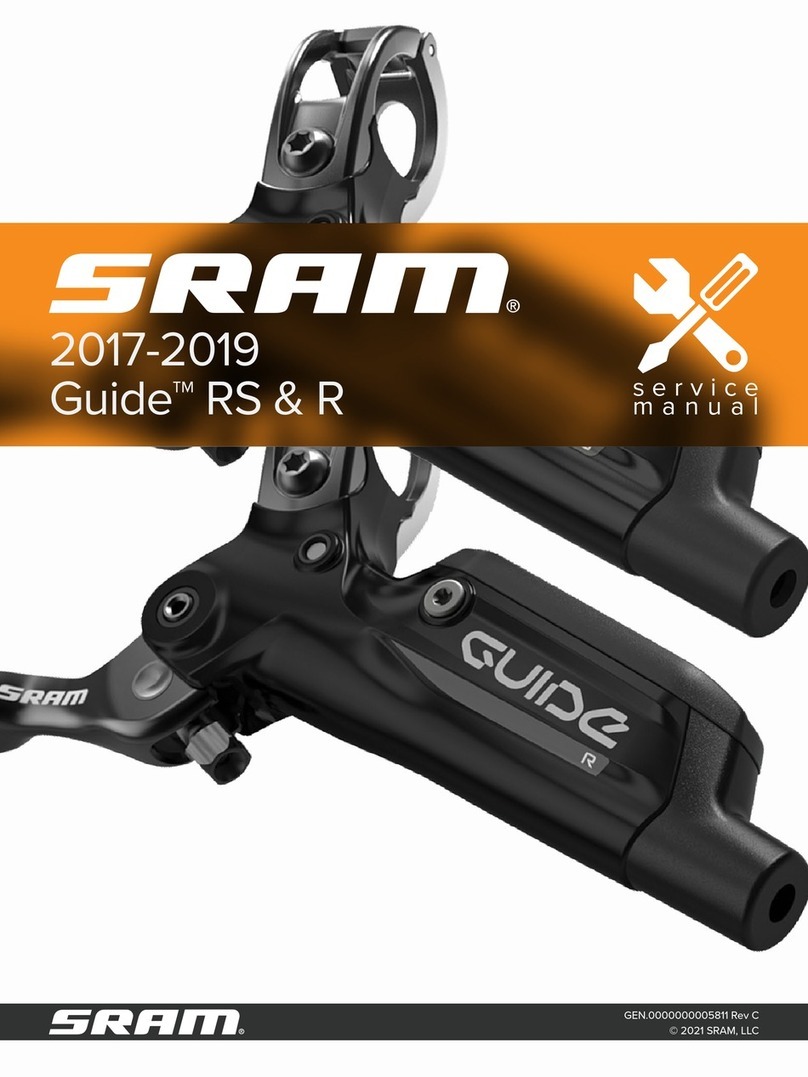
SRAM
SRAM Guide R User manual
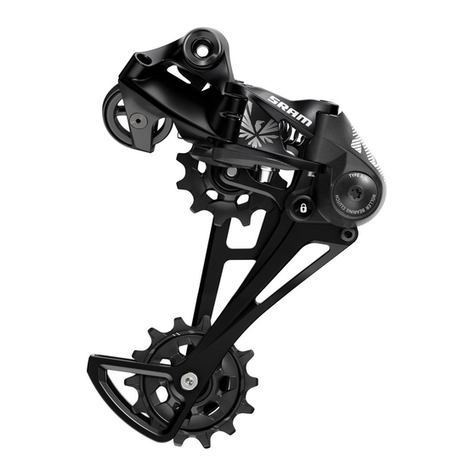
SRAM
SRAM X.0 User manual
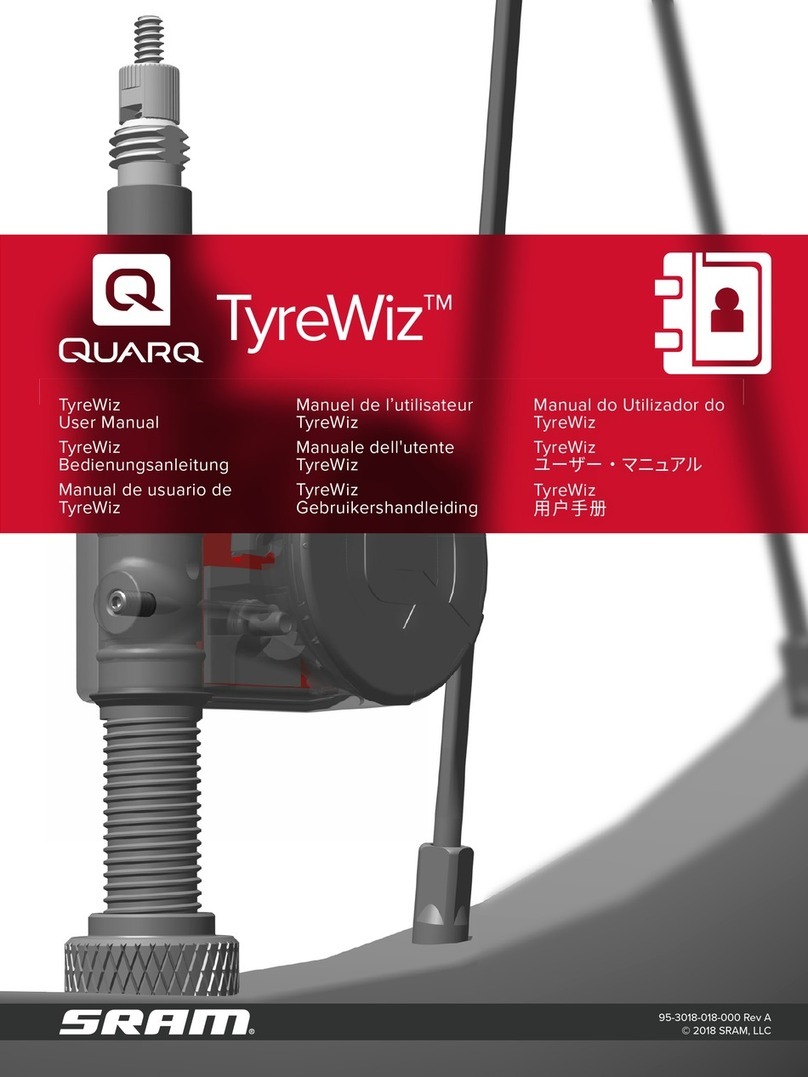
SRAM
SRAM Quarq TyreWiz User manual
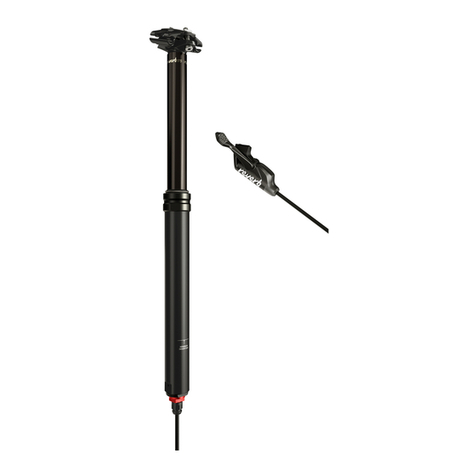
SRAM
SRAM RockShox Reverb Stealth User manual
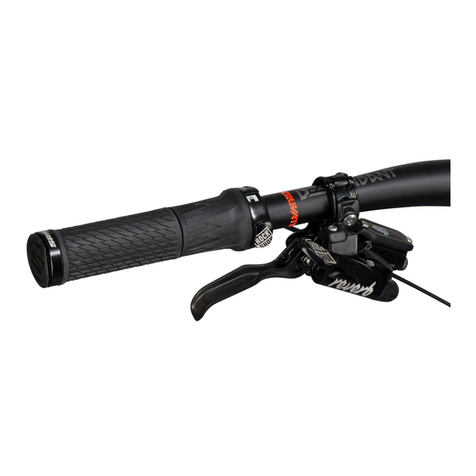
SRAM
SRAM Rock Shox TwistLoc User manual

SRAM
SRAM Eagle AXS User manual

SRAM
SRAM eTap AXS User manual
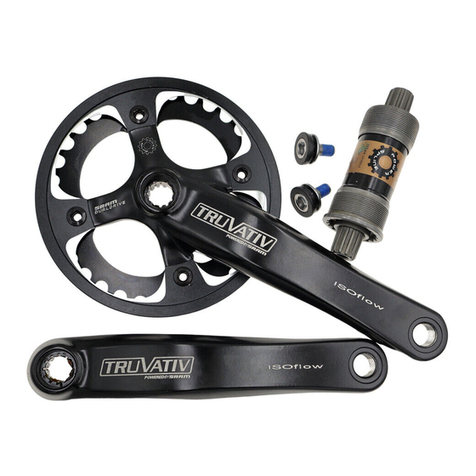
SRAM
SRAM TRUVATIV User manual

SRAM
SRAM eTap AXS User manual
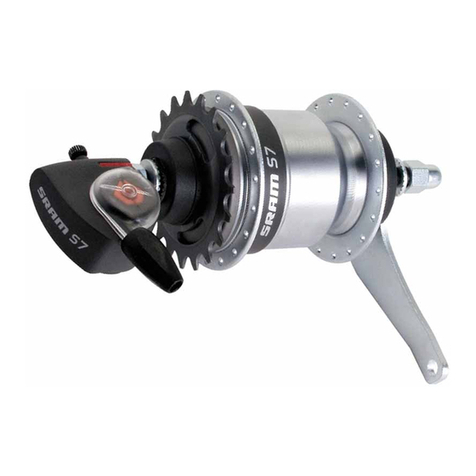
SRAM
SRAM SRAM SPECTRO S7 User manual
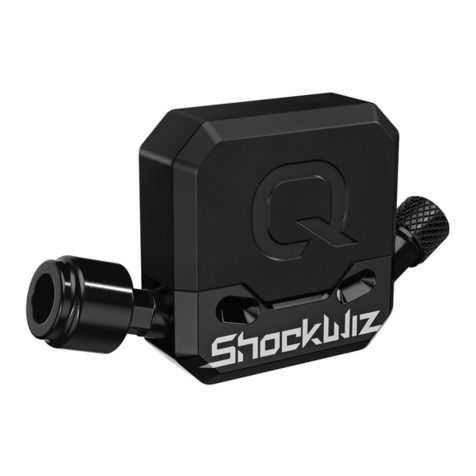
SRAM
SRAM Quarq ShocWiz User manual
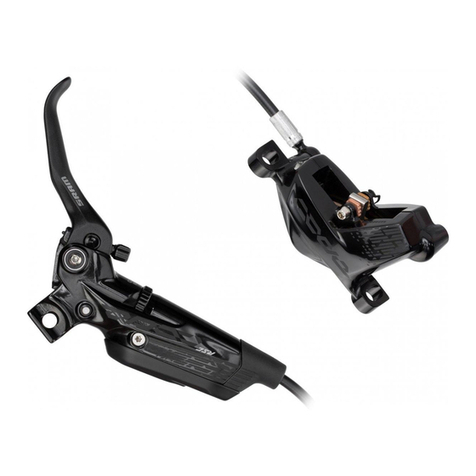
SRAM
SRAM code rsc 2018 User manual
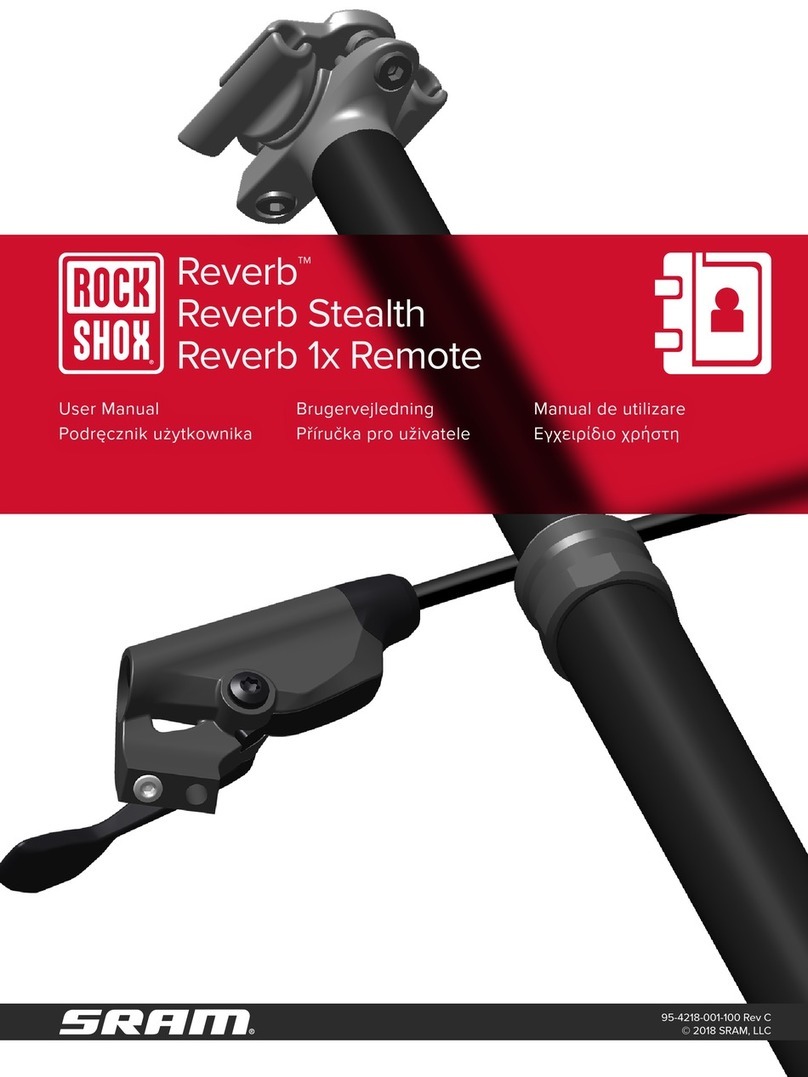
SRAM
SRAM RockShox Reverb User manual
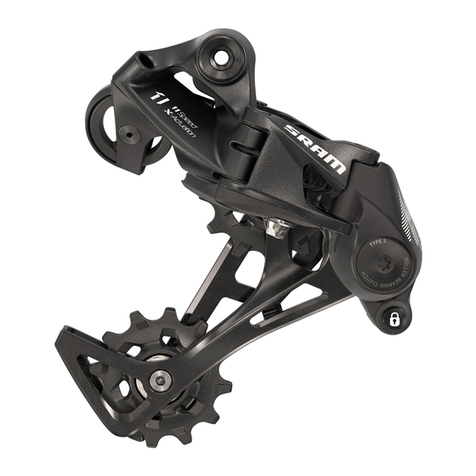
SRAM
SRAM MTB Series User manual

SRAM
SRAM ROCK SHOX Lyrik User manual

SRAM
SRAM BlipBox User manual
Popular Bicycle Accessories manuals by other brands
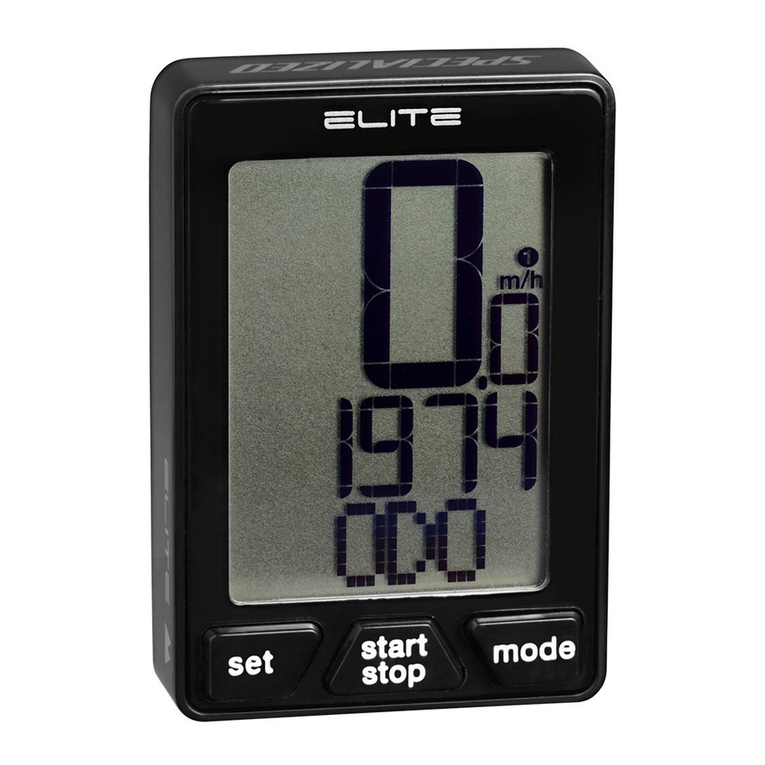
Specialized
Specialized Elite CylcoComputer user manual
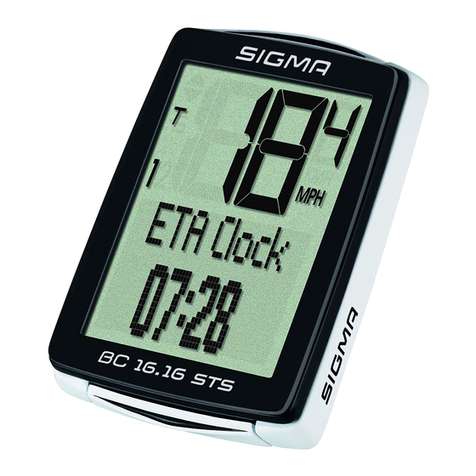
Sigma
Sigma BC 16.16 manual
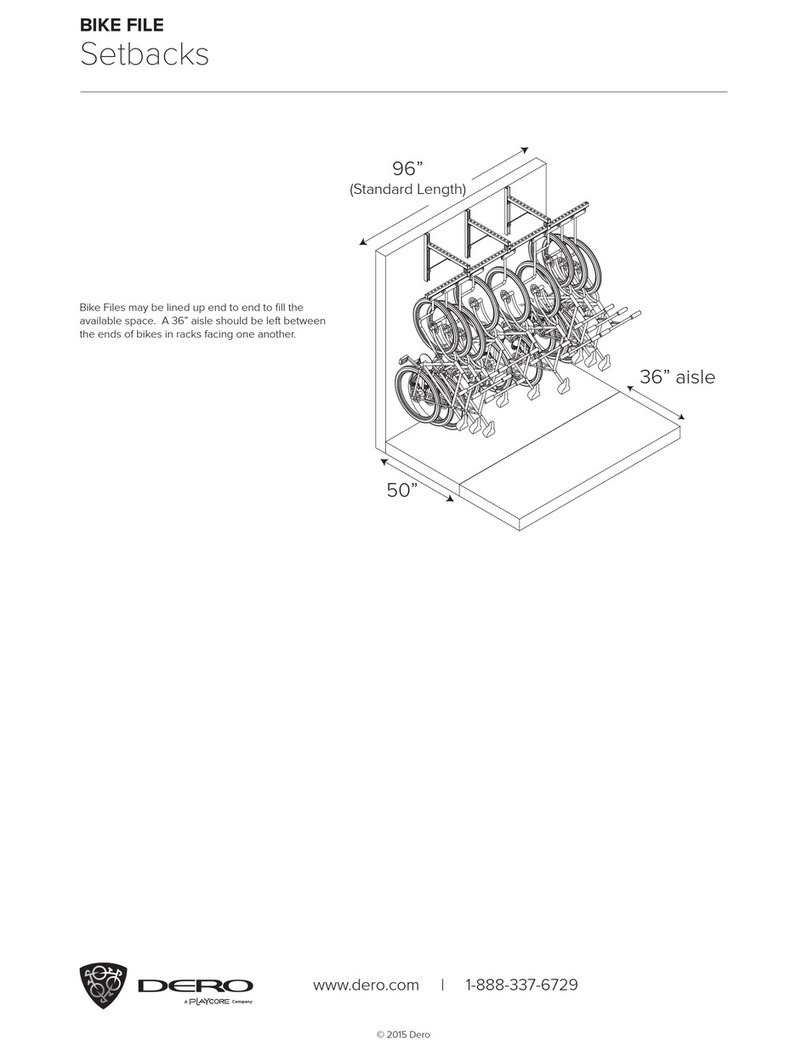
Playcore
Playcore Dero Setbacks installation instructions
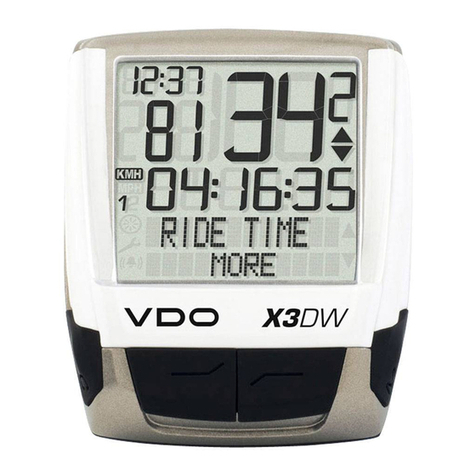
VDO Cyclecomputing
VDO Cyclecomputing x3dw instruction manual
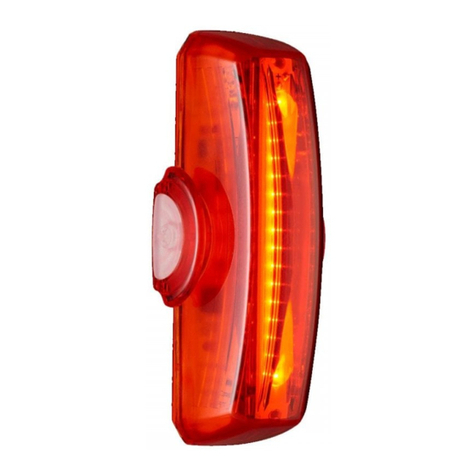
Cateye
Cateye RAPID X2 manual
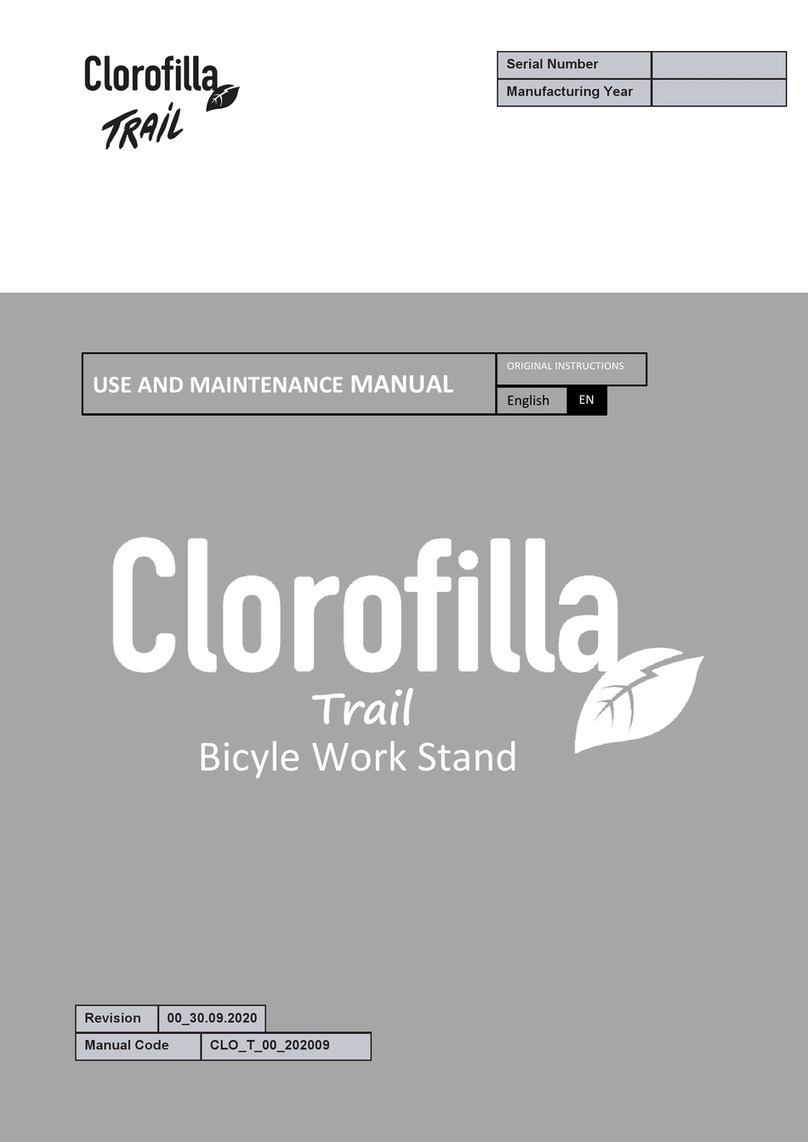
buratti meccanica
buratti meccanica Clorofilla Trail Use and maintenance manual
